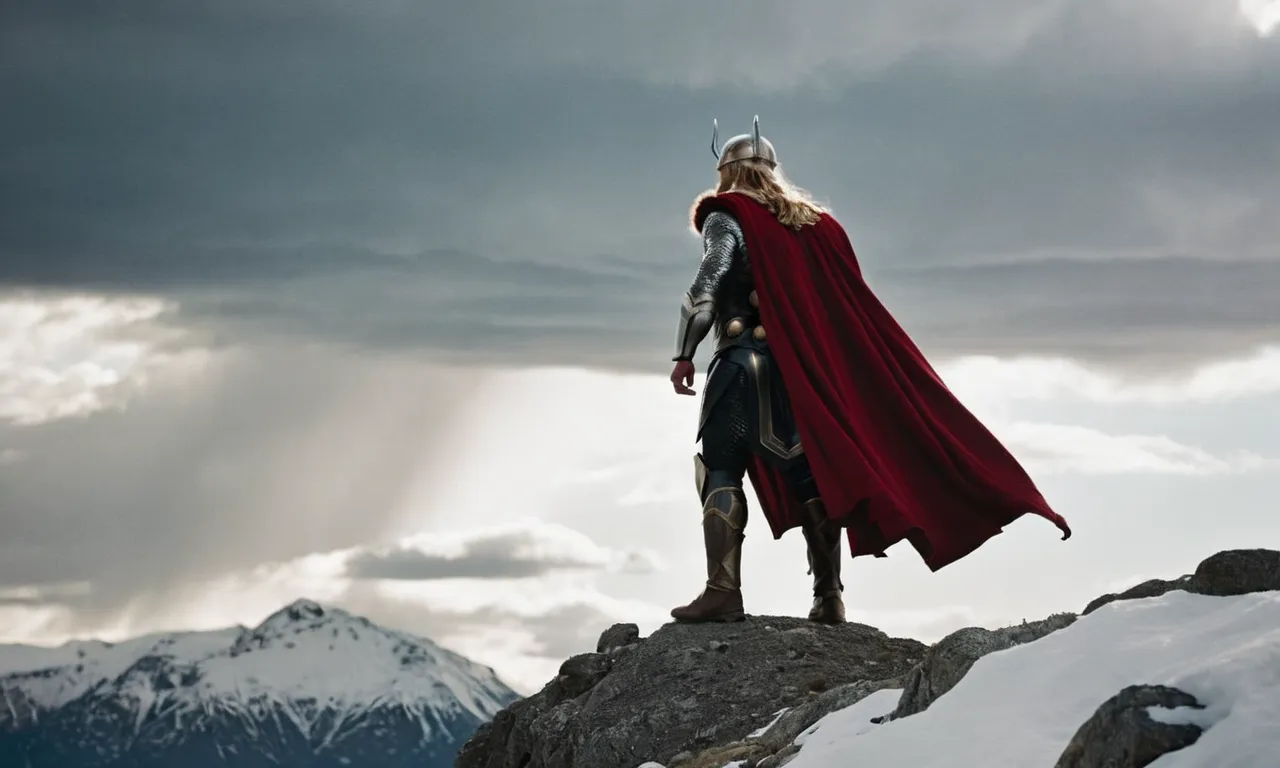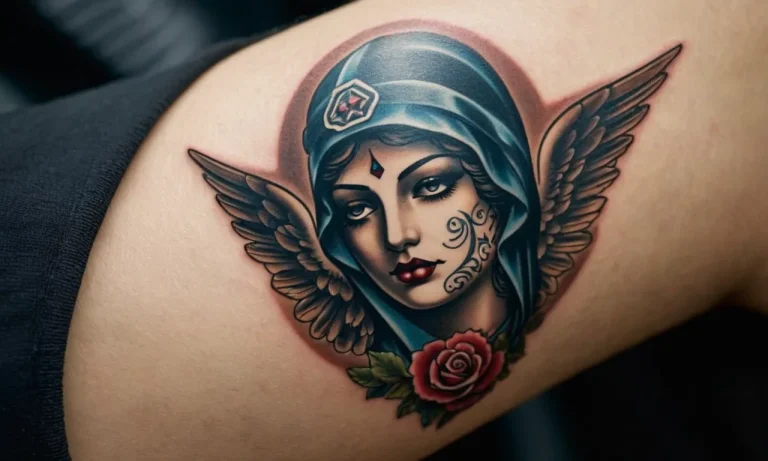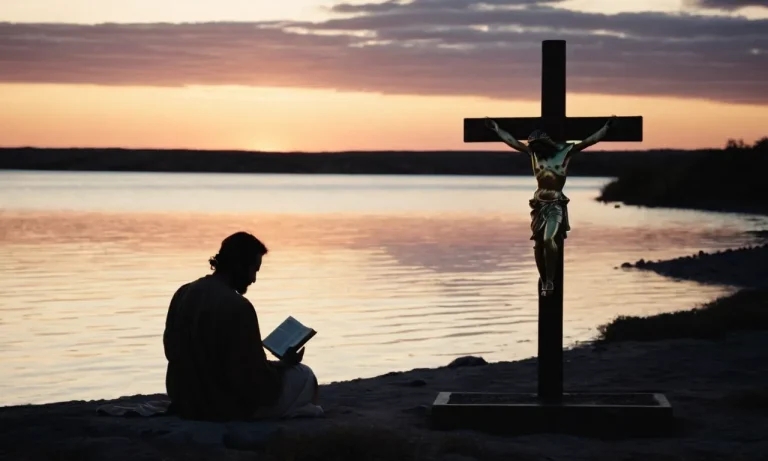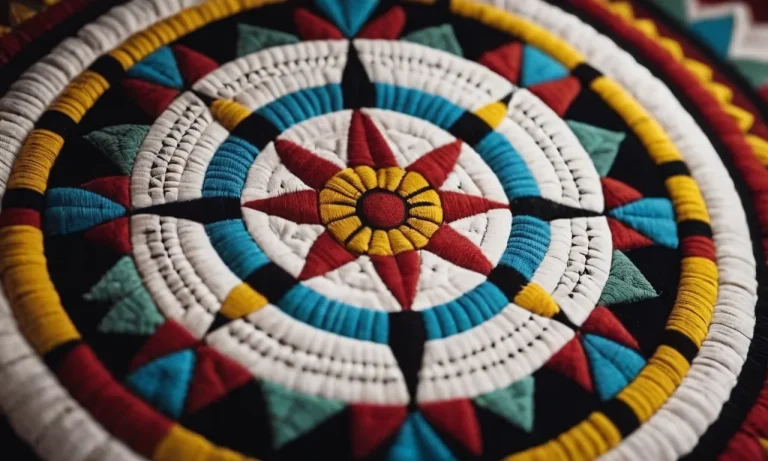Which Norse God Are You? An In-Depth Exploration
Have you ever wondered which Norse god’s personality best matches your own? Norse mythology has captured people’s imaginations for centuries with its epic tales of the gods of Asgard. If you’re looking for a quick answer, take our fun quiz below to reveal which god or goddess you’re most similar to!
In this comprehensive guide, we’ll explore the many Norse deities and dive deep into their unique traits and powers. You’ll learn about popular mainstays like Thor and Loki as well as lesser-known figures like Heimdall and Hel.
We’ve packed this article with insightful profiles drawn from Norse legends so you can better understand the god aligned with your character.
Getting to Know the Major Norse Gods and Goddesses
Odin – The Fatherly King of the Gods
Odin, also known as the Allfather, is considered the king of the Norse gods. He is often depicted as an older, one-eyed man with a long white beard. Odin is associated with wisdom, poetry, magic, and prophecy.
As the god of war and death, Odin was seen as a grim and dark figure, but also wise and honorable. He gained knowledge of the runes after sacrificing his eye at Mímir’s Well. Odin travels the world on his eight-legged horse Sleipnir in search of wisdom. His hall in Asgard is called Valaskjálf.
Frigg – The Motherly Queen of Asgard
Frigg is considered the queen of Asgard and the goddess of marriage, motherhood, and domesticity. As Odin’s wife, she is one of the foremost goddesses in Norse mythology. Frigg is associated with foreknowledge but does not reveal what she knows.
She is described as a loving mother figure who cries tears of gold when mourning the death of her son Baldr. Frigg protects homes and families, so the Norse would often invoke her name. She shares Odin’s hall, Valaskjálf, from where she can observe the doings of people below.
Thor – The Mighty God of Thunder
Thor is the god of thunder in Norse mythology and is second only to Odin in importance. He is the son of Odin and the giantess Fjörgyn. Thor wields the hammer Mjolnir, which represents lightning and can destroy mountains.
Thor rides across the sky in a chariot drawn by two goats, Tanngrisnir and Tanngnjóstr. He is often described as fierce-eyed, red-haired, and red-bearded. Thor is associated with strength, protection, and abundance. Thursday (Thor’s day) is named after him.
His hall is Bilskirnir, located in the region Thrudheim.
Loki – The Trickster God
Loki is the trickster god in Norse mythology who is cunning and capricious in nature. While treated as a companion of the gods, Loki also causes chaos and trouble. He is the son of two giants and the brother of Helblindi and Býleistr.
Loki is a shape shifter and often appears as a salmon, a mare, a seal or an elderly woman. He is married to Sigyn and they have two sons together, Vali and Narfi. Loki is responsible for the death of Baldr.
At the end of Ragnarok, Loki and his monster children will arrive to fight against the gods in the battle that ends the world.
Understanding the Roles of Other Notable Norse Deities
Heimdall – The Watchful Guardian
As the guardian of the gods, Heimdall kept constant watch for any dangers that threatened Asgard. He had extraordinarily sharp senses and could see and hear events happening anywhere in the nine worlds. Heimdall guarded the Bifrost, the rainbow bridge connecting Asgard to Midgard.
His trumpet, called Gjallarhorn, was said to be loud enough to be heard throughout all the nine worlds if blown. Heimdall will use Gjallarhorn to signal the beginning of Ragnarok, the prophesied war that will end with the deaths of many Norse gods including Odin, Thor, Tyr, Freyr, and Loki.
Heimdall is destined to kill and be killed by Loki during Ragnarok. This fate highlights Heimdall’s role as a guardian and protector of the gods against chaotic forces like Loki that continually threaten the order and safety of Asgard.
Hel – Ruler of the Land of the Dead
In Norse mythology, Hel is the goddess of the underworld. She rules over the realm of Helheim, where souls of most who die go. Hel is described as gloomy, grim, and cruel in ancient sources. She was tasked with determining the fate of souls that entered her realm.
Those who died honorably in battle went to Valhalla, while dishonorable souls were sentenced to suffer eternally in various regions of Helheim.
As the daughter of Loki, Hel’s evil origins fit her grisly role in the underworld. But she also served an important purpose in the Norse cosmic order. Taking in and judging the dead gave structure and meaning to what becomes of mortal souls after passing to the afterlife.
Freyr and Freyja – Twin Gods of Fertility
Freyr and Freyja were twins associated with sensual love, fertility, prosperity, and wealth. Freyr presided over fertile crops, bountiful harvests, wealth, peace, and pleasure. Freyja represented love, beauty, and female sensuality.
As Vanir gods, they brought abundance and fortune in contrast to the warlike Aesir deities like Odin and Thor.
The twins were so beloved for the earthly blessings they could bestow that they were worshipped extensively. Large pagan temples and idols devoted to Freyr and Freyja have been unearthed across Scandinavia.
But over time they became demonized as pagan “false gods” by medieval Christian authorities seeking to stamp out lingering Norse religious practices.
Týr – The Legitimate God of War
Unlike the bloodthirsty war god Odin, Týr was considered the lawful and honorable god of combat. He represented courage, strategy, and justice in battle rather than uncontrolled bloodshed and violence. Týr was traditionally called upon by warriors to grant victory in combat.
According to myth, Týr bravely sacrificed his arm to the monstrous wolf Fenrir by placing his hand in the wolf’s mouth. This allowed the other gods to bind Fenrir, but cost Týr his hand. Thus Týr’s sacrifice highlights his nature as a courageous and selfless god who was willing to suffer to protect others.
Lesser-Known Gods Who Impacted Norse Mythology
Baldr – The Good and Beautiful God
Baldr, one of the Aesir gods in Norse mythology, was known as the god of light, joy, purity and the summer sun. He was loved by the gods, goddesses and beings for his kindness and beauty. According to Norse legends, Baldr was so beautiful and pure that light shined from his skin and his presence brought peace and harmony.
He was the second son of Odin, the Allfather of the gods, and his beloved wife Frigg. Baldr was said to have vivid dreams about his own death, which greatly worried his parents. Frigg made every object on earth vow never to harm Baldr, but she overlooked the mistletoe plant.
The mischievous god Loki exploited this sole weakness, guiding the blind god Höðr to shoot a mistletoe-tipped arrow at Baldr, killing him.
The death of Baldr brought darkness and mourning across all the Nine Worlds. Hel, goddess of the underworld, agreed to allow Baldr and all beings in creation to weep for his return to life. All wept except the giantess Þökk, who was believed to be Loki in disguise.
Thus Baldr was forced to remain in the underworld, though accounts suggest he will return after Ragnarök. His death is seen as the first in the chain of events leading to the eventual destruction and rebirth of the cosmos.
Vidar – The Silent God of Vengeance
Little is known about Vidar, as he is described in ancient texts and legends as the most silent and least famous of the Norse gods. As the son of Odin and the giantess Grid, Vidar was considered a god who embodied vengeance and retribution. Known as the “silent god” and “avenger”, Vidar rarely joined the other gods in Asgard and spent most of his time removed from society.
However, Vidar was destined to avenge his father Odin by killing the wolf Fenrir at Ragnarök. During the final battle, the terrified gods watched as the monstrous wolf swallowed Odin whole. Then Vidar moved into action, pinning the wolf’s jaws open with his shoes and tearing Fenrir apart from within with his bare hands. Thus Vidar fulfilled his fate of avenging his father’s death.
Due to his swift vengeance against Fenrir and role surviving Ragnarök, Vidar became a symbol of justice and the important balance between vengeance and peace among gods and humans. He represented the vital action necessary to stand against destructive forces while embodying the silence and patience to know when it is time to act.
Sigyn – The Loyal Goddess
The faithful goddess Sigyn is best known for staying loyally by her husband’s side despite his imprisonment by the gods. Most lore depicts Sigyn as the wife of Loki. After Loki was chained up as punishment for killing Baldr, the other gods placed a serpent above him that dripped venom onto Loki’s face.
Sigyn refused to leave him, holding a bowl above Loki’s face to catch the venom and ease her husband’s agony. Every time she had to empty the bowl, venom would drip onto Loki’s face and cause him to scream and thrash in pain. Still, Sigyn stayed constantly by her husband.
This dedication reveals Sigyn’s association with the runic symbol sowilo, meaning sun, victory and wholeness. She has been seen as a goddess representing victorious devotion and steadfastness in loyalty and feminine power.
Her dedication ensured some small relief of suffering for her flawed yet beloved husband.
Thus while known mostly for her loyalty to Loki, Sigyn may represent the power of unwavering love and support even through the greatest adversities. Hers is a bright light in the dark tale of her husband’s imprisonment and the strife among their fellow gods leading up to Ragnarök.
Conclusion
Norse mythology brims with fascinating divine beings that were central to Viking culture and traditions. Through this deep dive into the many Norse gods and goddesses, hopefully you have a better grasp on which one you’re most akin to.
While some relate to the cunning of Odin Allfather or the trickery of Loki, others align more with steadfast figures like Frigg or Heimdall.
So tell us – which Norse deity best reflects your inner nature? Our fun quiz can offer personalized insight into the god or goddess that suits your personality. Ultimately these enduring myths teach us about human hopes, dreams and relationships through the gripping tales of immortal gods and giants.








